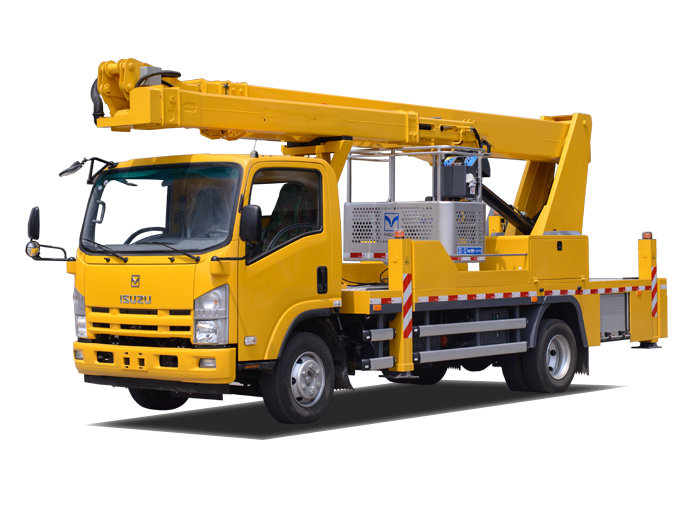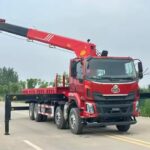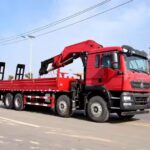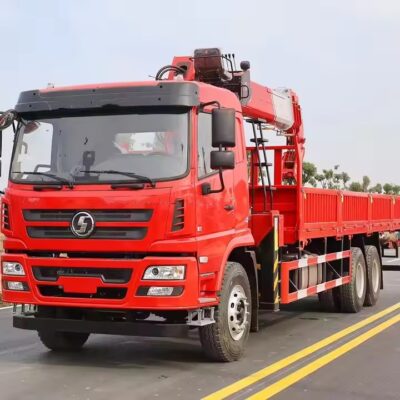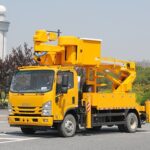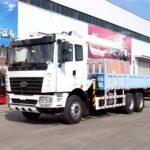あ トラック搭載クレーン, also known as a truck-mounted lifting and transportation vehicle, is widely used in municipal construction, coal mining, factories, warehouses, docks, and landscaping projects. These cranes are essential for lifting and transporting various construction materials and other heavy equipment. SANY primarily produces small to medium-sized トラック搭載クレーンs, available in both knuckle-boom and straight-boom designs. しかし, improper operation of these cranes can lead to accidents, making it crucial to follow correct procedures. To ensure safe and efficient crane operation, SANY トラック搭載クレーン operators have shared their professional insights on the proper handling of these vehicles.
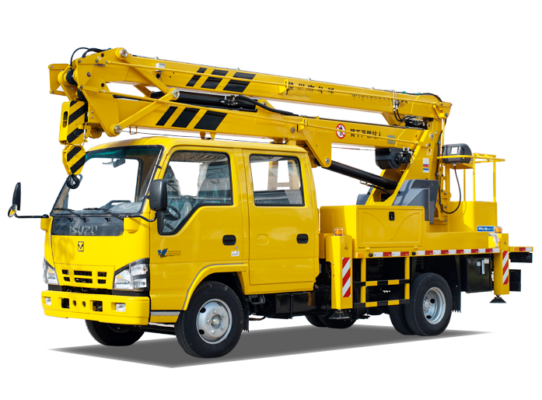
Step-by-Step Guide to Operating a SANY Truck-Mounted Crane
1. Assessing the Work Environment
Before initiating any lifting operation, it is essential to carefully observe the surroundings. Choose a suitable angle for the crane to operate efficiently, ensuring there is ample space for the stabilizing legs to fully extend. さらに, the truck must be positioned at an appropriate distance from the load based on its weight. This is a crucial step that must not be overlooked to maintain safety and stability.
2. Activating the Power Take-Off (PTO) System
To begin crane operation:
- Start the vehicle and engage the Power Take-Off (PTO) システム.
- Press the clutch pedal and ensure the gear shift is in the neutral position.
- Increase the throttle to achieve a pressure range of 0.5-0.6 MPa.
- Pull the manual PTO valve outward and gradually release the clutch pedal, putting the PTO into operation.
3. Pre-Operation Inspection
Before using the crane, conduct a thorough inspection to ensure all components are in proper working condition. Check the stabilizing legs そして boom system to verify their functionality.
4. Deploying the Stabilizing Legs
- Switch the control valve to the position labeled “stabilizing legs.”
- Unlock the extendable stabilizing legs and adjust them accordingly.
- Follow the indicator markings on the control levers to properly extend both horizontal and vertical stabilizing cylinders.
- Ensure the stabilizing legs are fully deployed to provide maximum support for the crane.
5. Operating the Crane Boom
- Once the stabilizing legs are secured, switch the control valve to the “crane operation” position.
- Utilize the crane controls to lift, lower, and position loads safely and efficiently.
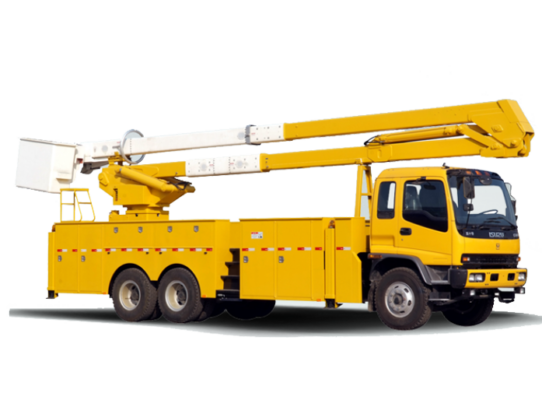
Key Safety Precautions During Operation
1. Maintain Proper Visibility and Control
- Always operate and lift loads from the same side of the truck to ensure optimal visibility and control.
- Position yourself strategically to monitor both the load そして surrounding area during operation.
2. Follow Proper Crane Control Procedures
- Adhere to the markings on the control levers to ensure smooth and precise operation.
- Avoid sudden or erratic movements, which can lead to instability and accidents.
3. Maintain Steel Wire Rope Integrity
- Always keep at least three full loops of steel wire rope wrapped around the drum when lowering the hook.
- Inspect the steel wire rope regularly and replace it if its outer wire strands exhibit wear exceeding 10% of their original diameter.
4. Load Weight Estimation
- Before lifting a load, always estimate its weight and compare it against the crane’s rated lifting capacity.
- Ensure that the boom outreach and lifting angle are properly adjusted to maintain balance and avoid overloading.
5. Secure the Lifting Path
- Plan and analyze the load’s movement trajectory before beginning the lift.
- Make sure the area beneath the suspended load is clear of personnel and obstacles.
Additional Guidelines for Safe and Efficient Crane Operation
- Routine Maintenance and Inspections
- Conduct daily checks on the hydraulic system, stabilizing legs, そして boom structure.
- Inspect oil levels, hydraulic pressure, そして cylinder seals for leaks or wear.
- Perform a comprehensive maintenance check at regular intervals as recommended by SANY.
- 環境上の考慮事項
- Avoid operating the crane in extreme weather conditions, such as strong winds, heavy rain, or thunderstorms.
- Ensure that the ground surface where the truck is parked is firm and level.
- Use additional stabilizing pads or mats if operating on soft or uneven terrain.
- Emergency Protocols
- Familiarize yourself with emergency shutdown procedures.
- If the crane exhibits abnormal noises or erratic movements, halt operations immediately and inspect for faults.
- In case of hydraulic failure, use the manual override system to safely lower the load.
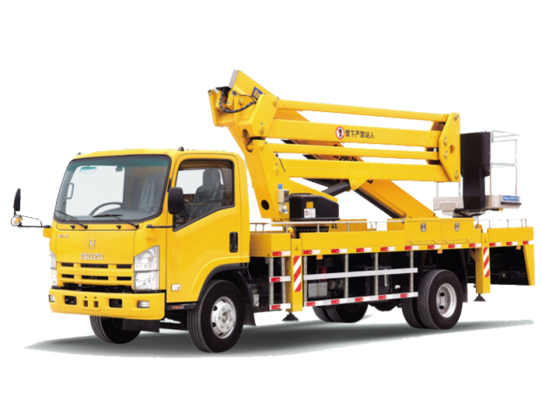
結論
Operating a truck-mounted crane requires skill, attention to detail, and adherence to safety protocols. By following the correct procedures outlined above, operators can ensure 効率的, safe, そして effective use of their SANY cranes. Remember that improper handling can lead to serious accidents, so always stay vigilant and follow manufacturer guidelines.
SANY’s commitment to innovation and safety ensures that its truck-mounted cranes provide optimal performance and reliability. By mastering the correct operational techniques, you can maximize efficiency and extend the lifespan of your crane.

